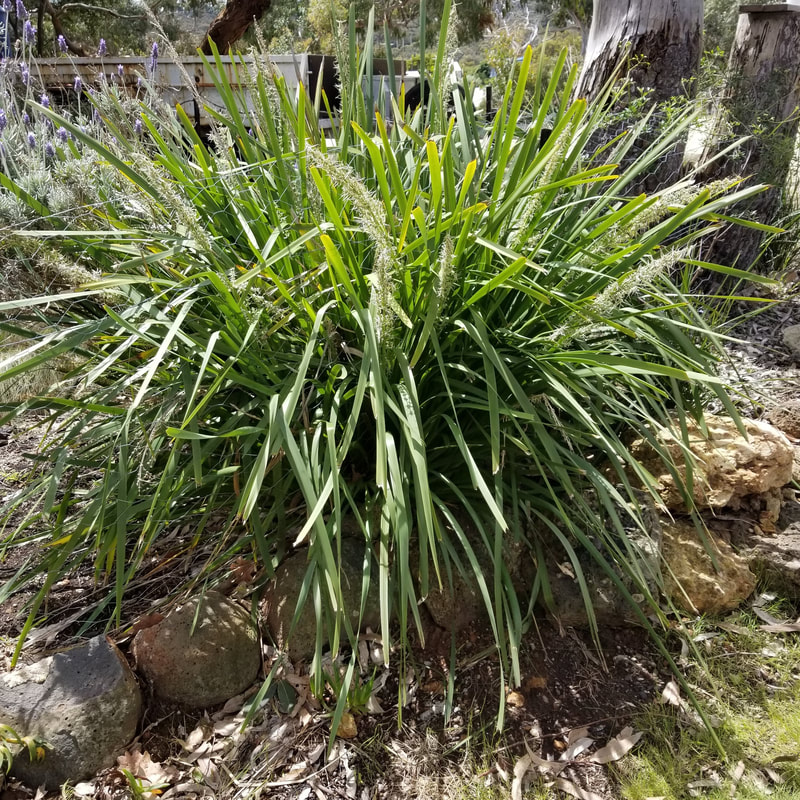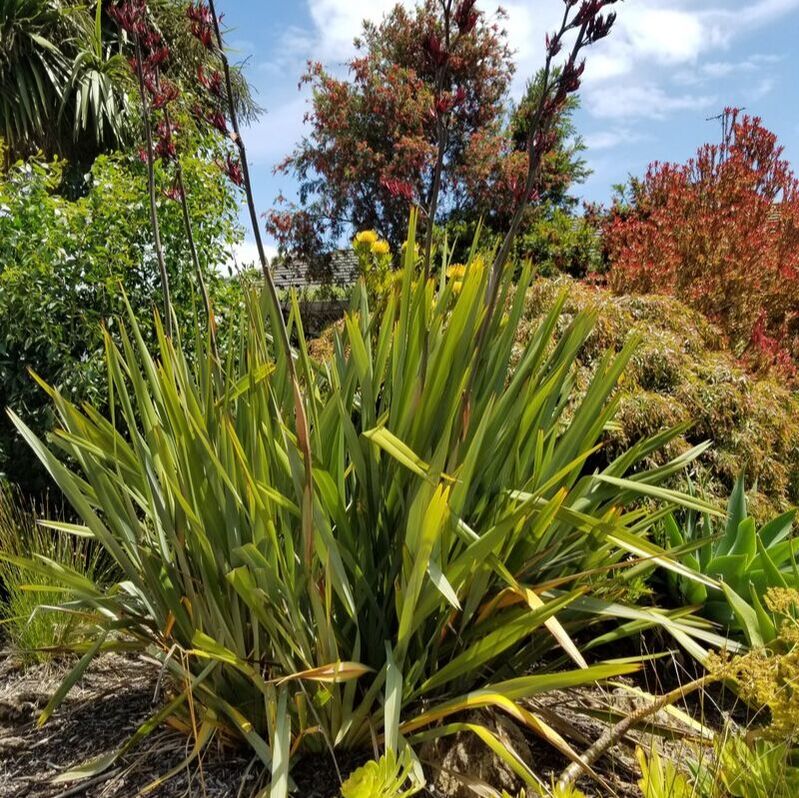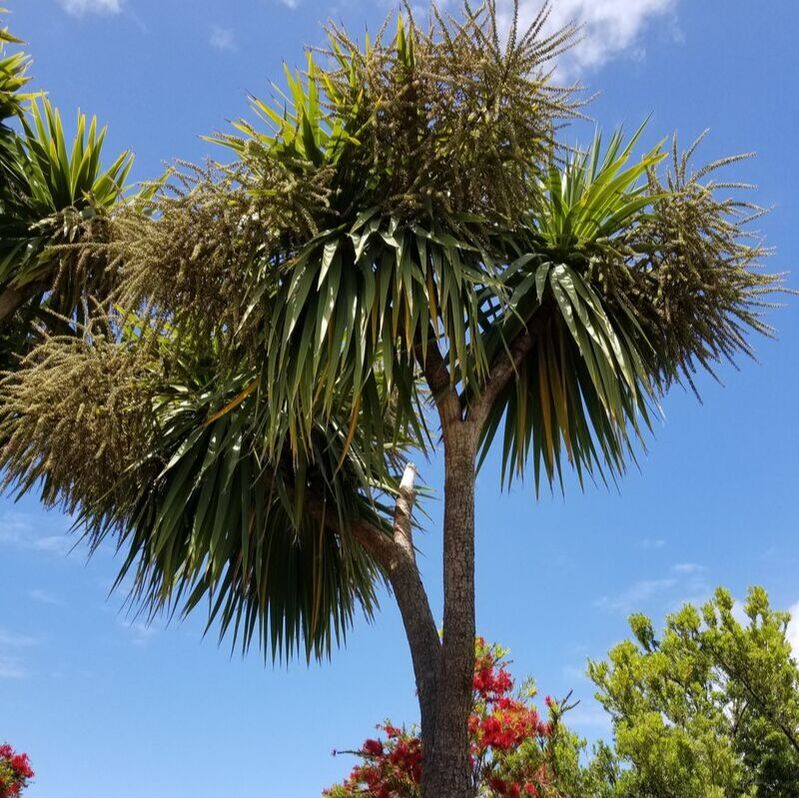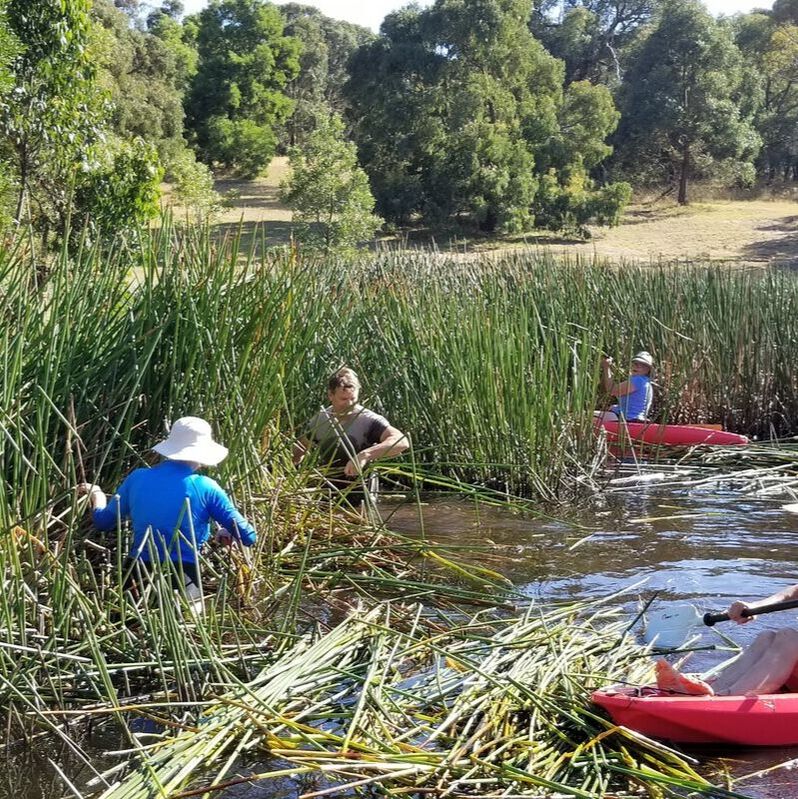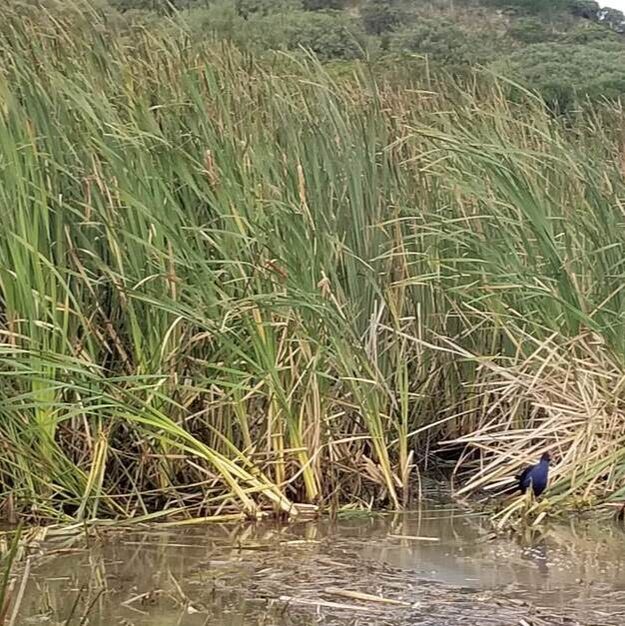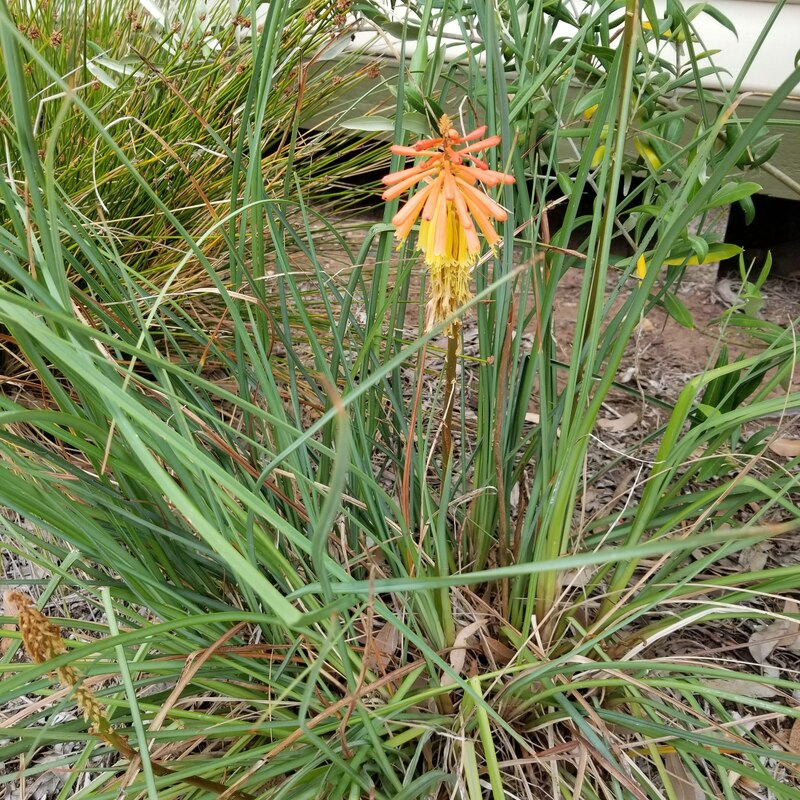RECOMMENDED BOOKS ON BASKETWEAVING IN AUSTRALIA
Fibre Basketry - Homegrown and Handmade by Helen Richardson, available from Basketry SA
Basketry and Weaving with Natural Materials by Pat Dale, out of print, but available from libraries
Australian Plants & Fibres, as used by First Nations People by Pat Dale, available directly from Pat [email protected] Please note this book does not include basketry making techniques, but is a fantastic resource on Australian plant fibres.
Finding Form with Fibre by Ruth Woods available from Raffia Connection
Fibre Basketry - Homegrown and Handmade by Helen Richardson, available from Basketry SA
Basketry and Weaving with Natural Materials by Pat Dale, out of print, but available from libraries
Australian Plants & Fibres, as used by First Nations People by Pat Dale, available directly from Pat [email protected] Please note this book does not include basketry making techniques, but is a fantastic resource on Australian plant fibres.
Finding Form with Fibre by Ruth Woods available from Raffia Connection
TOOLS AND EQUIPMENT
Sturdy garden scissors, secateurs and garden gloves to gather materials.
A blunt knife for conditioning lengths of fibre.
Needles, sharp pointed for splitting fibres
Large eyed needles for stitching. Tapestry Birch size 13- blunt point for Blanket stitching and Yarn darners Birch size14 - sharp point for Stitching and Coiling
Small pair of scissors
Clothes peg to hold the core material together whilst working.
An old towel used damp to wrap fibres and keep them pliable.
A water spray bottle
Sturdy garden scissors, secateurs and garden gloves to gather materials.
A blunt knife for conditioning lengths of fibre.
Needles, sharp pointed for splitting fibres
Large eyed needles for stitching. Tapestry Birch size 13- blunt point for Blanket stitching and Yarn darners Birch size14 - sharp point for Stitching and Coiling
Small pair of scissors
Clothes peg to hold the core material together whilst working.
An old towel used damp to wrap fibres and keep them pliable.
A water spray bottle
SHOPPING FOR BASKETWEAVING MATERIALS:
Raffia, hemp twine, needles: The Raffia Connection or String Harvest
Hemp twine: I use Hemptique 0.5mm or waxed linen: Over the Rainbow
Raffia, hemp twine, needles: The Raffia Connection or String Harvest
Hemp twine: I use Hemptique 0.5mm or waxed linen: Over the Rainbow
BASKETRY GROUPS:
Several Australian states have their own Basketry groups The Victorian group is Basketmakers Victoria
In Geelong, the Geelong Fibre Artists meet on a monthly basis
Several Australian states have their own Basketry groups The Victorian group is Basketmakers Victoria
In Geelong, the Geelong Fibre Artists meet on a monthly basis
Plant Materials
Since you will be putting a lot of effort into making your basket, it makes sense to collect and use good quality material. A significant part of a basket weaver’s skill is having an understanding and knowledge of suitable plants, their uses and the appropriate season for harvesting them. Your local environment, which includes yours and your friends and neighbour’s gardens, are bound to have plenty of plants suitable to use for weaving baskets. Basket weavers tend to become perennial opportunists when it comes to sourcing their materials!
Commonly Available Plant materials to collect in Victoria
|
Leaves - Australian
Cumbungi/Bulrush Typha Domingensis Spike rush Eleocharis Sphacelata Native Flax Lily Dianella sp. Kangaroo paw Anigozanthos sp. Mat Rush Spiny headed Lomandra longifolia Knobby Club Rush Ficinia Nodosa Pale Rush Juncus Pallidus Leaves - non native Aunt Eliza Chasmanthe floribunda Cornhusk Day lily Hemerocallis fulva Iris Iridaceae sp. New Zealand Flax Phormium Tenax Red-hot poker Kniphofia Palms: Cabbage Tree Cordyline Australis, Slender Palm Lily Cordyline Stricta Trees: Casuarina needles, pine needles Jacaranda stalks Silver Birch Vines: Climbing pea Kennedia sp Happy wanderer Hardenbergia violaceae Coarse Dodder Laurel Cassytha melantha Passion fruit vines Honeysuckle, Jasmine, Clematis Wisteria Some plants which are either Restricted (R)or Controlled (C) Noxious weeds Agriculture Victoria Definitions Bugle Lily Watsonia - An invasive plant, C or R depending on region Spiny Rush Juncus acutus -C or R depending on region, other species of Juncus are not classified Willow Salix sp - Restricted weed in the whole of the state Some plants which have a biosecurity restrictions Pine Needles - Do not collect from a region with Giant Pine Scale Check with Ag Vic Grapevines - Do not collect from areas with Phylloxera Check with Ag Vic |
Gathering Plant Materials:
Where to gather: your own garden is the best option or friends and neighbours’ gardens might also have suitable weaving plants. Beyond our gardens it’s important to be aware that it is illegal to collect any plants from nature reserves without a permit and collecting plant material from public places requires permission from the appropriate authority e.g. your council. Finding other basket makers nearby or joining a basketry group is a great way to learn about plant fibres for weaving. Often fibres are swapped and shared amongst members or group gathering days will sometimes be organised. Using plants for artworks legalities What to select: The main requirement is strength along the length of the material. If you can hold a leaf in both hands and pull it without it snapping, it will be suitable for basket making. Leaves that have gone brown and dropped are already deteriorating will not make good weaving material, go for healthy green leaves. Whatever you collect, make sure there is no fruit on any of the material. Biosecurity controls: If you are moving plant fibres or plant products (baskets) either within Victoria or interstate, it is vital that you familiarize yourself with plant biosecurity controls that may apply to the materials you choose, to ensure that the plant is not either
Learning the names of the plants you are collecting will assist greatly in being able to check them against Agriculture Victoria’s Noxious weeds list and Agriculture Victoria’s Biosecurity Restrictions Storing materials: It’s always preferable to use materials as dry as possible, if plants are used green shrinkage can occur, which can make the stitching or weaving loose and the basket flimsy over time. Once collected, spread leaves in an airy sunny spot to dry, then gather up and tie into bundles for storage. Store hanging in a dark, dry but airy situation to avoid colour fade and mould Preparation: Most materials will need to be dampened if they are to be pliable enough to bend without splitting. The finer the material, the less dampening that will be required - wrapping in a damp towel will be sufficient. The thicker or woodier the material, the more dampening required - material needs to be soaked in a tub for several hours, overnight or even several days. Harvest, storage and preparation for specific plants Vines: Non deciduous - cut any time and trim off the leaves Deciduous - cut in winter when all the leaves have dropped Cut the longest, thickest, still green stems that are long enough to coil up. Coil up like a hose pipe, being careful to avoid kinking the stems. Tie and store in a dark dry space for at least a month. Prepare for use by leaving in a bucket of cold water for 24hours or more until pliable again. |
